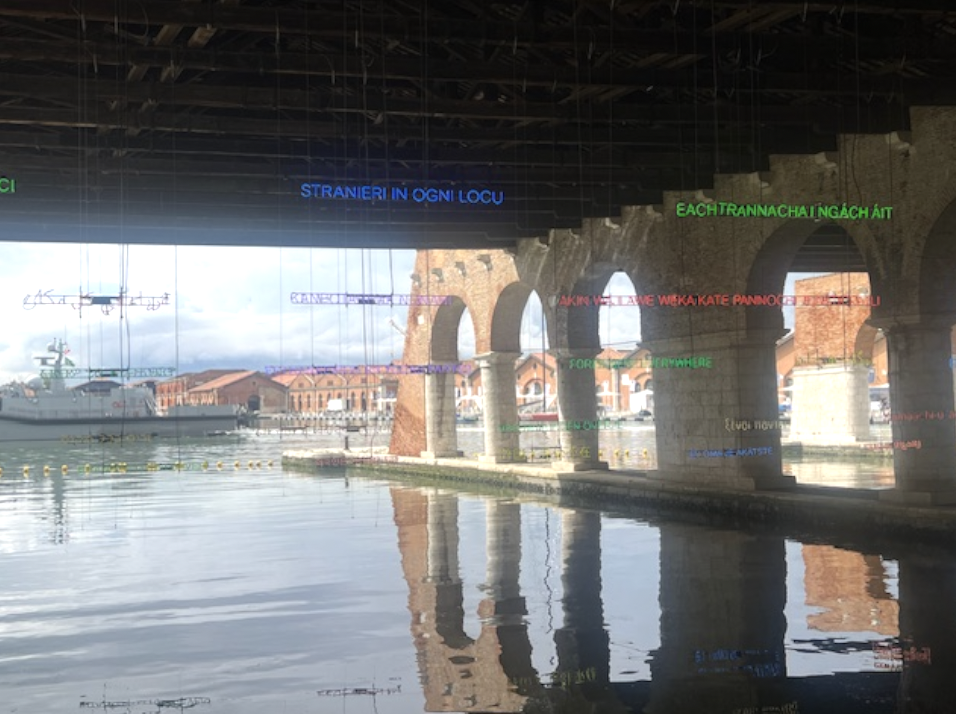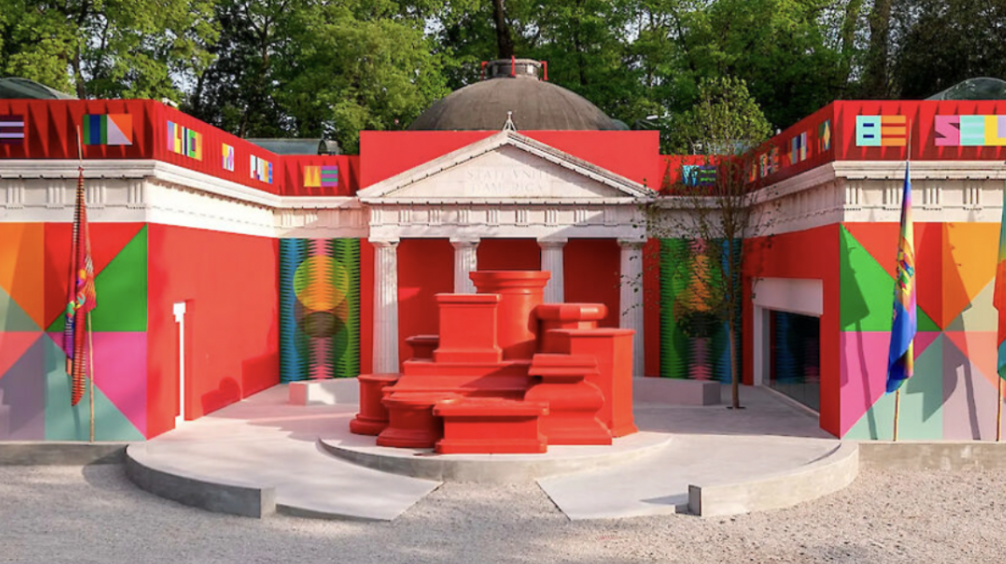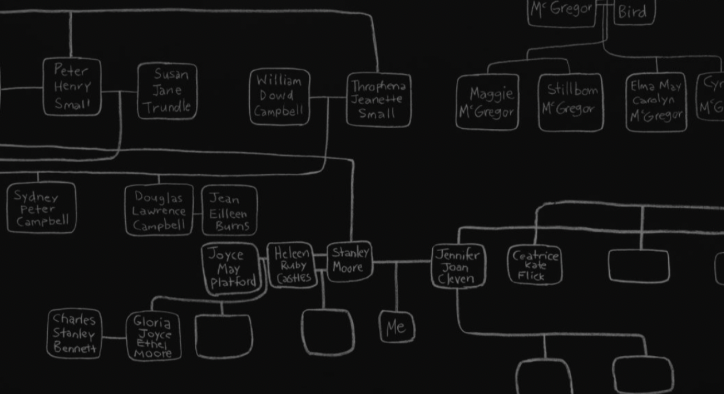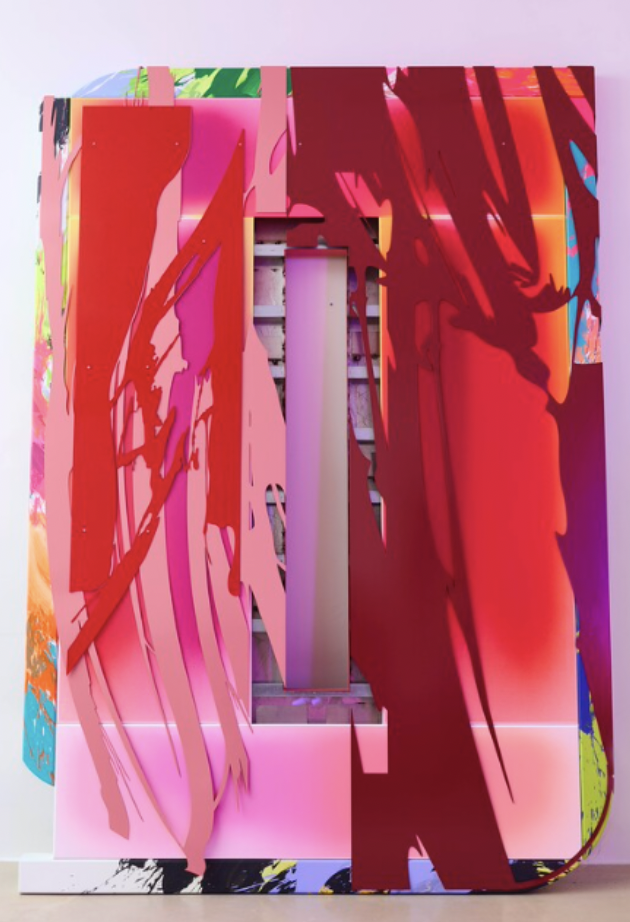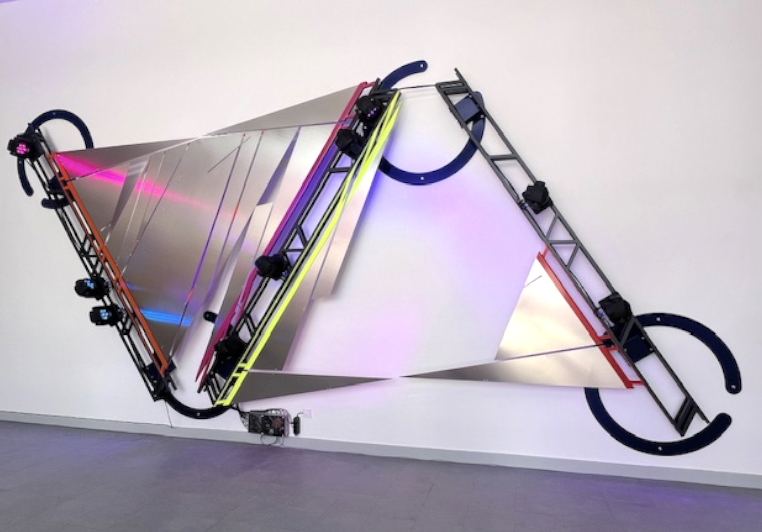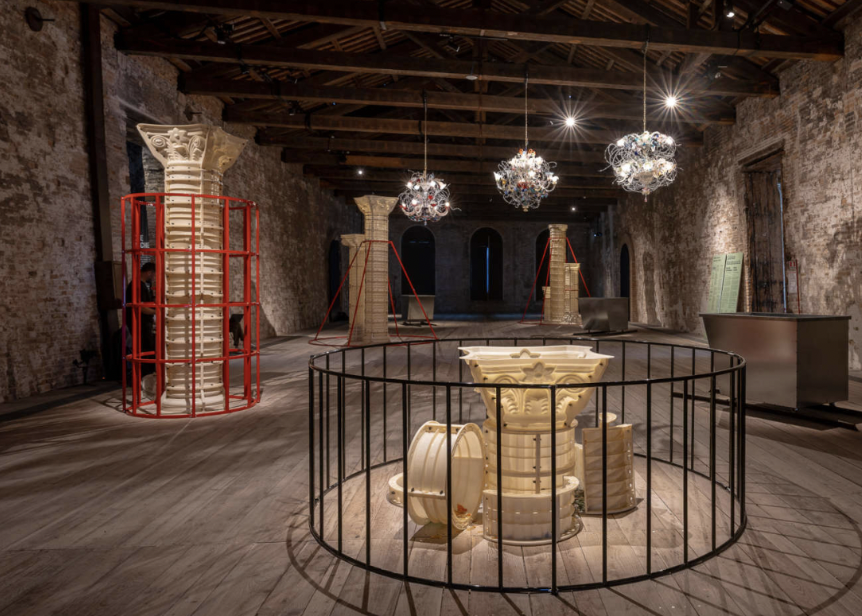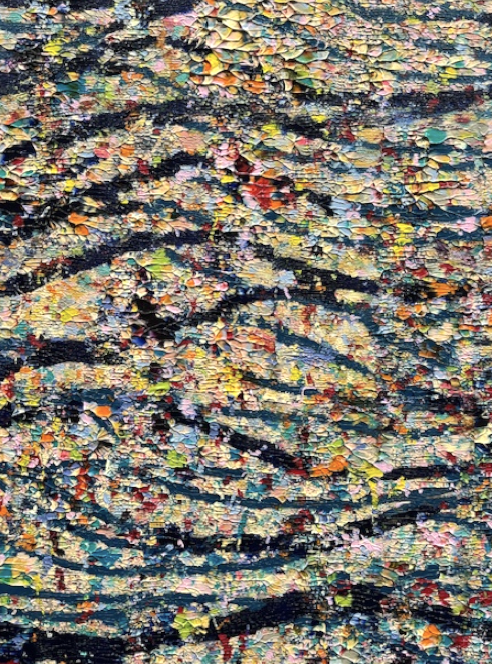FOREIGNERS EVERYWHERE IN VENICE
JUNE 2024
The 60th edition of the Venice Biennale art extravaganze runs until November 24th at two main venues, the Giardini and the Arsenale, as well as countless offsite locations where individual exhibitions are taking place by various artists. There are 88 national participants this year in the "official" Biennale, with four countries entering for the first time: Republic of Benin, Ethiopia, United Republic of Tanzania and Democratic Republic of Timor Leste. It is only fitting that the majority of the artwork is showcased inside established, already-constructed national pavilions, which are presented almost as cultural embassies, offering their valuable contributions to enrich and develop the theme of Stranieri Ovunque – Foreigners Everywhere. The expression can have several meanings. First of all, that wherever you go and wherever you are you will always encounter foreigners — they/we are everywhere. Secondly, that no matter where you find yourself, you are always truly, deep down inside, a foreigner.
The title Stranieri Ovunque - Foreigners Everywhere is actually taken from a series of works created in 2004 by the Palermo-based collective Claire Fontaine. The works, on display at the Arsenale, consist of neon sculptures in various colors, bearing the words "Foreigners Everywhere" in different languages. The expression itself was originally the name of a collective from Turin, which fought against racism and xenophobia in Italy in the early 2000s.
Below are some of our favorite artists and pavilions not to be missed....
UNITED STATES PAVILION
Jeffrey Gibson's selection to represent the United States marks the first solo presentation of an Indigenous artist for the U.S. Pavilion. A riot of bold colors, patterns and text combine American, Indigenous, and Queer histories with references to popular subcultures, with literary and artistic traditions. A member of the Mississippi Band of Choctaw Indians and of Cherokee descent, Gibson deploys these myriad influences as a form of resistance. His practice deconstructs the ways in which notions of taste, authenticity, and persistent stereotypes of Indigenous people are used to delegitimize cultural expressions that exist outside the mainstream.
AUSTRALIA PAVILION
Winner of the Golden Lion for best pavilion, the Australian exhibition features an installation by First Nation artist Archie Moore. Kith and Kin is a tribute to Australia's First Nations people and an examination of the lasting impacts of colonialism. Set in a darkened black-and-white space with a reflective pool, Moore has adorned the walls and ceiling with a hand-drawn genealogical chart. The artwork bridges the personal and the political. While many of the stories in Kith and Kin are specific to the artist’s family, they mirror narratives throughout the world. Through this lens Moore highlights our shared ancestry and humanity - through the interconnectedness of people, place and time.
Archie Moore worked for months to hand-draw in chalk the monumental First Nation family tree. 65,000 years of history (both recorded and lost) are inscribed on the dark walls and ceiling. The official documents drawn up by the State float in a moat of water in the center. The result of Moore’s intensive research, these documents reflect the high rates of incarceration of First Nations people.
HUNGARIAN PAVILION
Techno Zen in the Giardini is an immersive environment, where sculptural elements, paintings and multimedia installations create a hypnotic, spatial dynamic. Márton Nemes' paintings are inspired by techno subcultures, showing a distinctive psychedelic character that extend into abstract domains and evoke the visual atmosphere and lighting of today’s nightclubs. The term techno also refers to technological art: laser-cut steel, car paint, projection, speakers and fans that reinterpret the palette of painting and makes the environment multi-sensory. Its optical, acoustic and haptic content unfolds through the combined effects of light, color, movement and sound.
FRENCH PAVILION
In the French Pavilion, Julien Creuzet presents a complex auditory and visual journey that draws heavily on his Caribbean roots. His exhibition combines digital media, sound installations, and poetic collages to create a narrative that traverses continents and histories. Creuzet's work often includes elements that reference oceanic voyages, illustrating the interconnectedness of global diasporas and the lingering echoes of colonial stories in contemporary cultural expressions.
KOREAN PAVILION
In Odorama Cities, Koo Jeong A delves into the nuances of our spatial encounters, investigating how we perceive and recollect spaces, with a particular emphasis on how scents, smells, and odors contribute to these memories. It is basically a scent portrait of the Korean peninsula distilled from some 600 olfactory memories of Koreans and those with any connection to it, including residents, visitors, adoptees, and expats like Koo himself. That pool of recollections, submitted through a public open call last summer, was then categorized by Koo into 17 distinct smell concepts that 14 perfumers from France, China, Singapore, Japan, Ireland, and South Korea translated into actual scents.
All these aromas and more mingle freely courtesy of egg-like diffusers hidden around the Pavilion, a modest two-room steel-and-glass structure overlooking the Venetian Lagoon that this year is adorned with only a low, wooden Möbius ring that serves as a bench. As one moves through the wide-open wood-floor space, it’s nearly impossible to discern any specific fragrance.
TURKISH PAVILION
Hollow and Broken. A State of the World by Gülsün Karamustafa is a complex of sculptures created by the Turkish artist with the aim of finding a material connection with the host building, the Arsenal. The world is now drained of meaning by wars, earthquakes, migrations and increasingly grave nuclear threats, and the outlook for our near future is anything but rosy. The Arsenal itself was once the "war factory" of Venice, where ships for the expansion of the Venetian Republic to the Adriatic and Aegean Seas were built. The load-bearing and central structure of the complex remains the massive stone and brick columns that the artist has reproduced in a plastic material, caged inside thin red metal frames. While in the discipline of architecture, the column is a symbol of stability, power and resilience; here the columns are fragile and need support themselves. Hollow and Broken is an anti-monument that through the windows of the Armory Hall draws a critical comparison with the great "machines" of the Arsenale.
MUST SEE SHOWS
BEATRIZ MILHAZES
Pavilion of Applied Arts
Beatriz Milhazes is the most relevant Brazilian artist investigating color in the expanded field of painting today and, in her work, she breaks the limits between abstract and figurative, high and low art. Milhazes's five large-scale paintings, specially created for this Pavilion, refer to the palette and patterns of a variety of traditional woven textiles from different cultures, many of which are displayed in the Victoria and Albert Museum. For Milhazes, their complex structures create an incredible source of motifs based on the human observation of nature's inner regularity.
Beatriz Milahzes represented Brazil at the Biennale Arte in 2003.
JULIE MEHRETU
Palazzo Grassi
Ensemble is the largest exhibition of Julie Mehretu's work to date in Europe. It brings together a selection of more than fifty works, between painting and printmaking, that the artist produced over 25 years. The show is punctuated by the presence of works by some of her closest artist friends, with whom she has developed a powerful affinity over the years and with whom she has exchanged and collaborated. These artists include Nairy Baghramian, Huma Bhabha, Tacita Dean, David Hammons, Robin Coste Lewis, Paul Pfeiffer and Jessica Rankin whose works enter into a rich dialogue with Mehretu's own art. Their common concerns and shared driving forces become apparent, challenging the idea that the artist is self-sufficient and that she is connected to others, to their thoughts and sensibilities. Their works inspire her and resonate with her own, with her way of looking at the world—all the more since each of these artists, like Julie Mehretu herself, experienced displacements that deeply shaped who they became, by force or by choice, leaving or fleeing Ethiopia, Iran, Pakistan. This show on a whole allows us to explore Mehretu's artistic practice, to understand both how it came into being and how it is constantly renewed.
ELIAS SIME
Tanarte at Castello
Addressing the impact of globalization and technology on the human psyche, Elias Sime debuts seven new artworks in Venice this summer, including six new wall works and a freestanding braided-wire sculptural installation. Using materials that form the backbone of all digital communication, Sime crafts dimensional meditations that encourage sustained contemplation, illuminating the tenuousness in humanity’s private and public dualities.
In his material-driven and multidisciplinary practice, Sime weaves, layers, and braids repurposed technological equipment into lyrical and intricate sculptural assemblages. His use of color, pattern, and grids often reference natural landscapes, evoking both the environment and humankind’s imprint on the earth. This presentation elaborates on Sime’s Tightrope series, which the artist first began developing in 2009. In particular, the new Tightrope works meditate on the centrality of the smartphone in everyday life. Sime looks at this device as a status symbol, as well as a metaphor for the fraught systems powering global communication today; the ubiquitous devices are powered by precious metals which are mined under punishing conditions, raising serious ethical and ecological concerns due to their geological scarcity and associated geopolitics.
ZENG FANZHI
Scuola Grande della Misericordia
With an installation designed by architect Tadao Ando, the exhibition presents new abstract paintings and works on handmade paper. Organized by LACMA, the show will shed light on Zeng’s ambitious practice of redefining the abstract through exercises in figurative representation and vice versa. The artist’s new oil paintings emerged from his decades of research in color theory, drawing on and challenging impressionist and pointillist practices whereby images materialize only through the careful placement of individual marks of color. Layers of brushwork create figurative elements that are recognizable from afar but when viewed up close dissolve into the materiality of oil paint. Tonal variations in one color give way to interwoven schemes of colors, often with more than 30 types of bright pigments in one image.
The installation will provide an in-depth glimpse into Zeng's command of the medium, his wet-on-wet technique and the emphasis on the sheer materiality of paint that defines his work. In a world now inundated with machine-rendered images, Zeng challenges viewers to recognize the superiority of painting as a time-honored art and craft.

